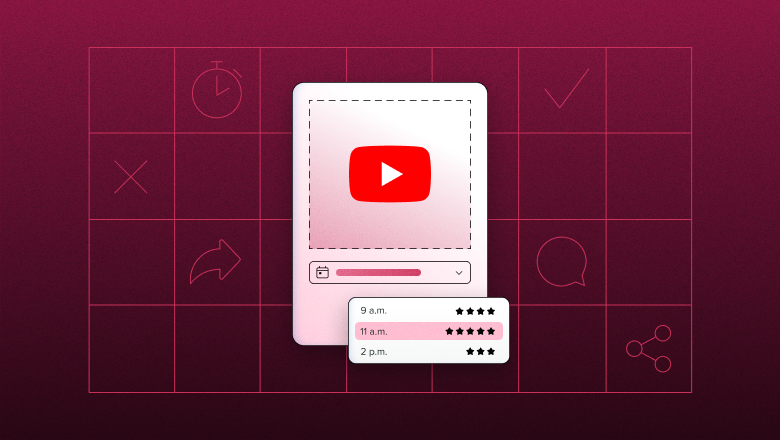LOLLAPALOOZA
In the tradition of Legs McNeil and Gillian McCain’s Please Kill Me and their own Nothin’ But a Good Time, Bienstock and Beaujour spliced together dozens of interviews with musicians, producers, staff, and others on the scene to craft an epic story of 1990s rock and roll as filtered through the heroin-hazy lens of the granddaddy of American music festivals. Originally conceived of as a farewell tour for the volatile Los Angeles band Jane’s Addiction by the band’s shamanistic frontman, Perry Farrell, Lollapalooza quickly evolved into an annual showcase for the hot new category called “alternative rock,” meaning anything too niche, noisy, or weird for commercial radio. College radio favorites like the Butthole Surfers, Sonic Youth, Nine Inch Nails, the Breeders, and Hole, all of whom played the festival in the first three years, seemed to fit the bill according to most critics’ criteria. But the loose and inclusive criteria of the organizers also drew in Ice-T’s metal band Body Count, Ice Cube, Sinead O’Connor, Arrested Development, Devo, and Metallica, as well as the wild carnival freaks of Seattle’s Jim Rose Circus and MTV’s Jackass. Reading like the script of a tightly edited film or TV series, the book’s interview subjects recount backstage antics (and occasional dramas) that were often as anarchic as the performances on stage. The book’s merit, however, is not just in its close views of rock music and performance. Lollapalooza occurred at the dawn of the internet age and the infancy of viral culture. As several interviewees state, it was the era before cell phones, and yet by decade’s end, youth culture generally began to look like Lollapalooza culture.


In the tradition of Legs McNeil and Gillian McCain’s Please Kill Me and their own Nothin’ But a Good Time, Bienstock and Beaujour spliced together dozens of interviews with musicians, producers, staff, and others on the scene to craft an epic story of 1990s rock and roll as filtered through the heroin-hazy lens of the granddaddy of American music festivals. Originally conceived of as a farewell tour for the volatile Los Angeles band Jane’s Addiction by the band’s shamanistic frontman, Perry Farrell, Lollapalooza quickly evolved into an annual showcase for the hot new category called “alternative rock,” meaning anything too niche, noisy, or weird for commercial radio. College radio favorites like the Butthole Surfers, Sonic Youth, Nine Inch Nails, the Breeders, and Hole, all of whom played the festival in the first three years, seemed to fit the bill according to most critics’ criteria. But the loose and inclusive criteria of the organizers also drew in Ice-T’s metal band Body Count, Ice Cube, Sinead O’Connor, Arrested Development, Devo, and Metallica, as well as the wild carnival freaks of Seattle’s Jim Rose Circus and MTV’s Jackass. Reading like the script of a tightly edited film or TV series, the book’s interview subjects recount backstage antics (and occasional dramas) that were often as anarchic as the performances on stage. The book’s merit, however, is not just in its close views of rock music and performance. Lollapalooza occurred at the dawn of the internet age and the infancy of viral culture. As several interviewees state, it was the era before cell phones, and yet by decade’s end, youth culture generally began to look like Lollapalooza culture.
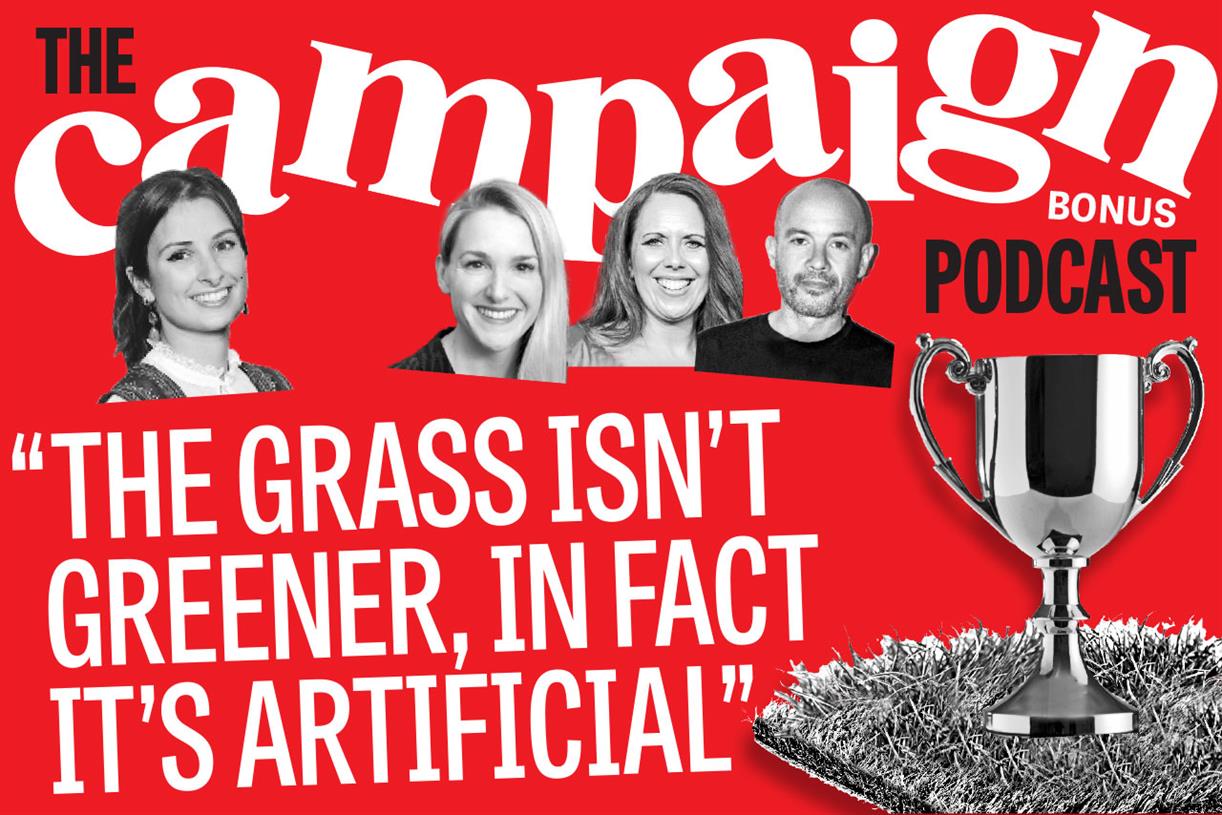










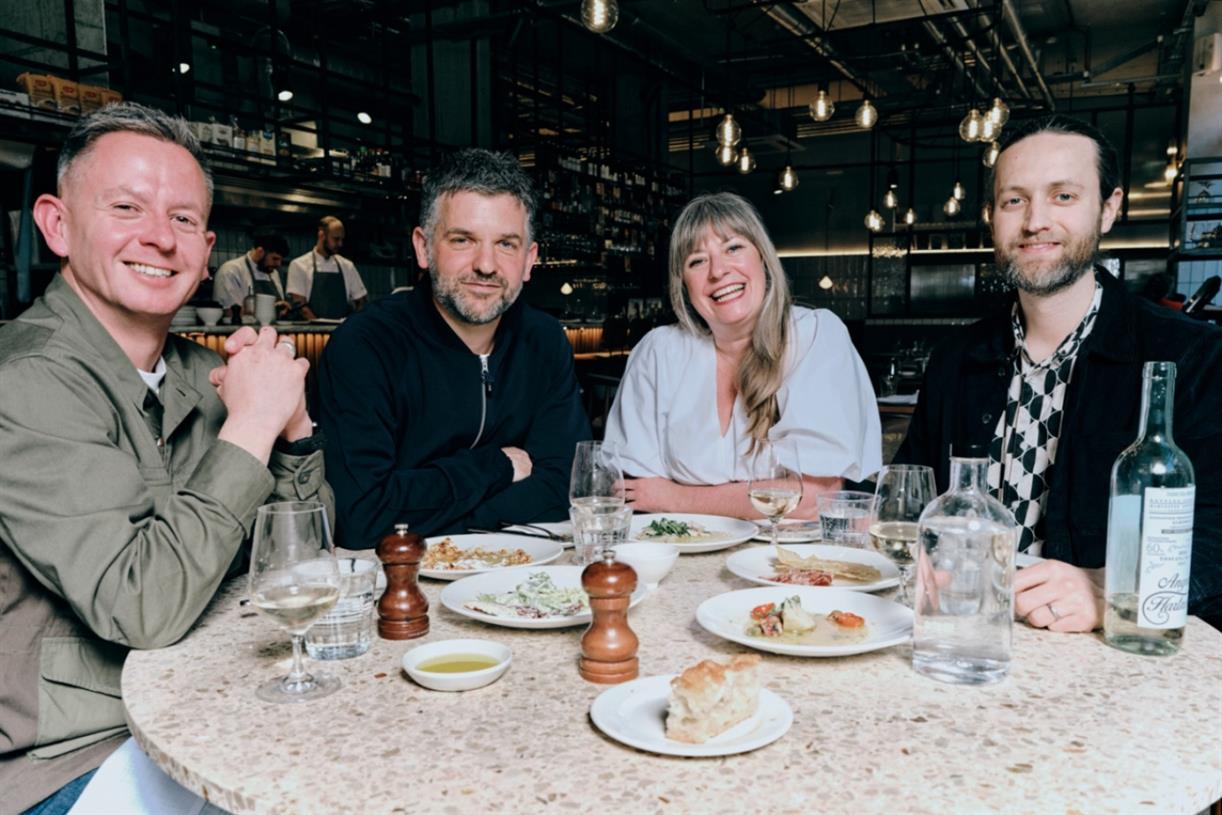
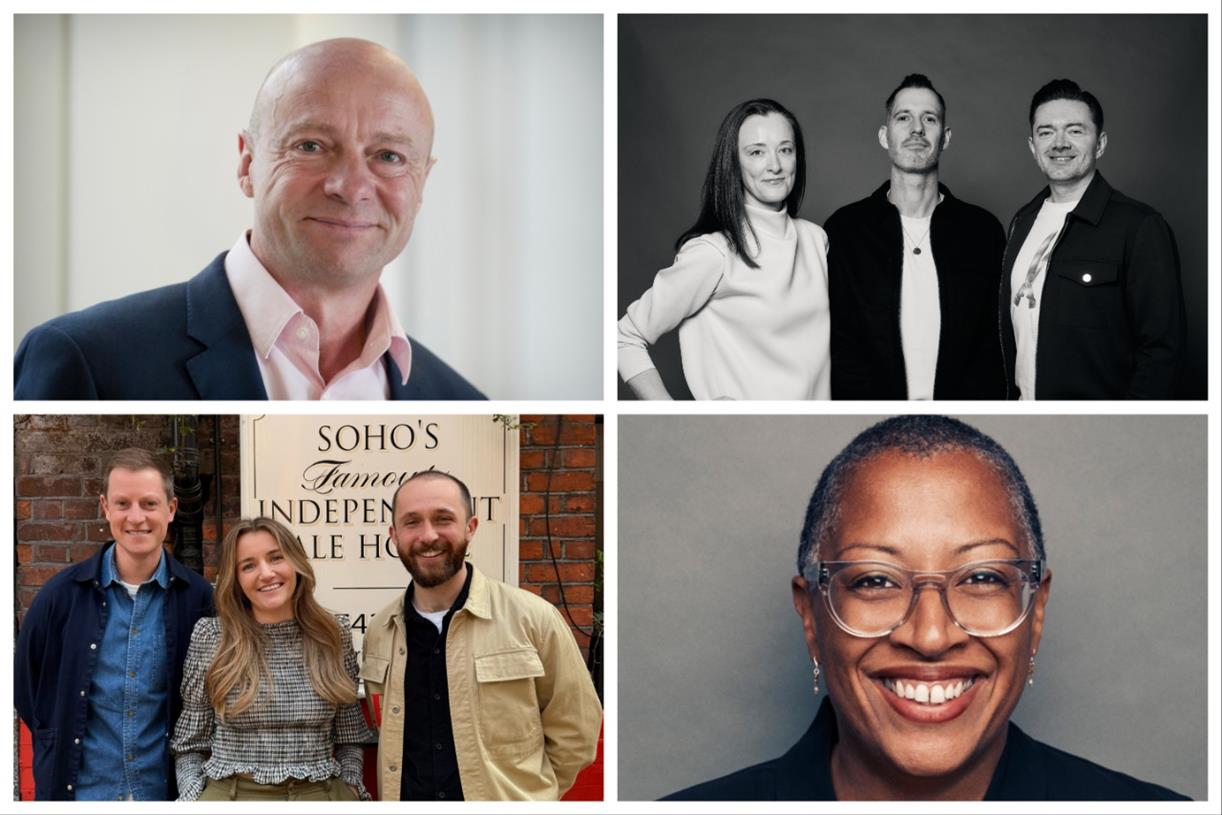





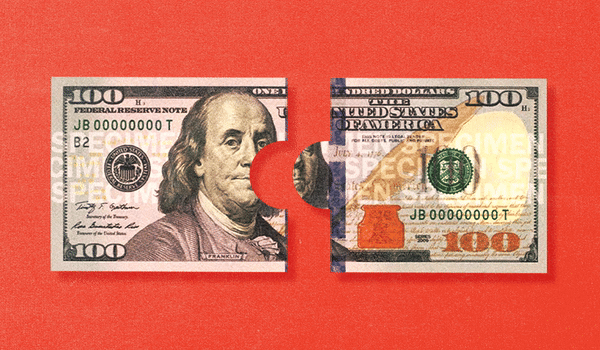
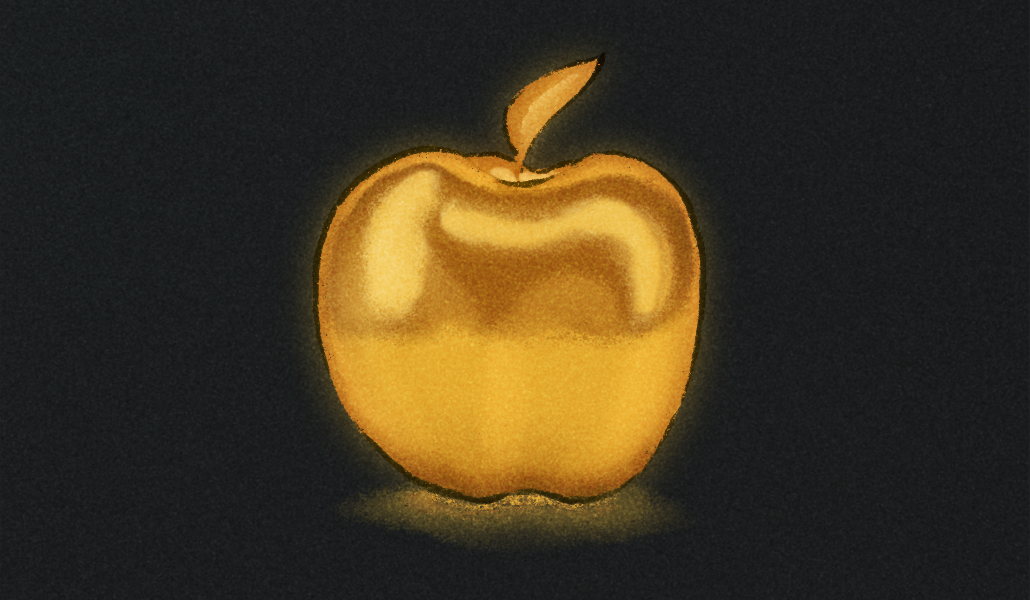
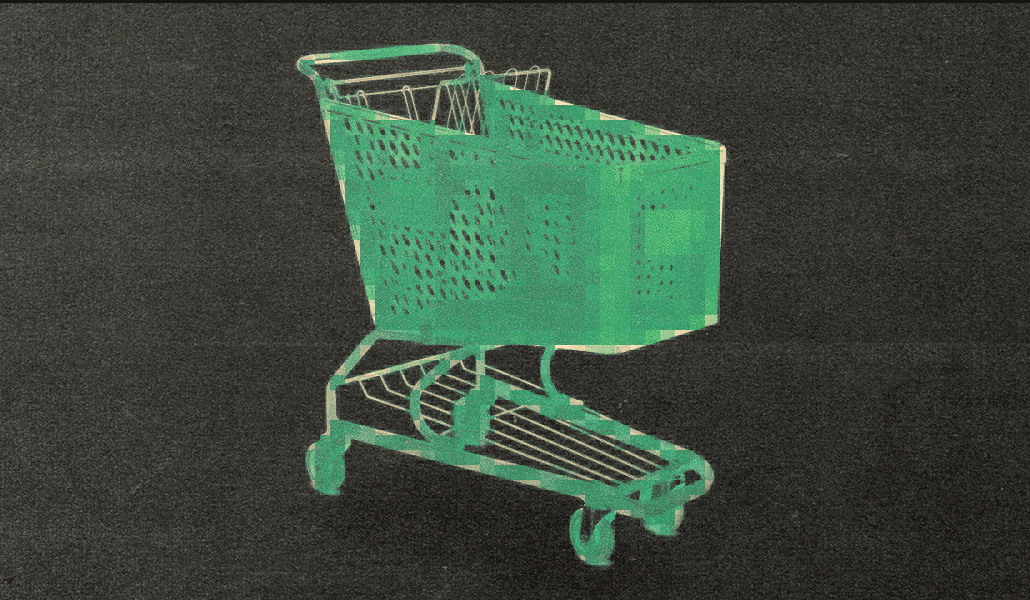




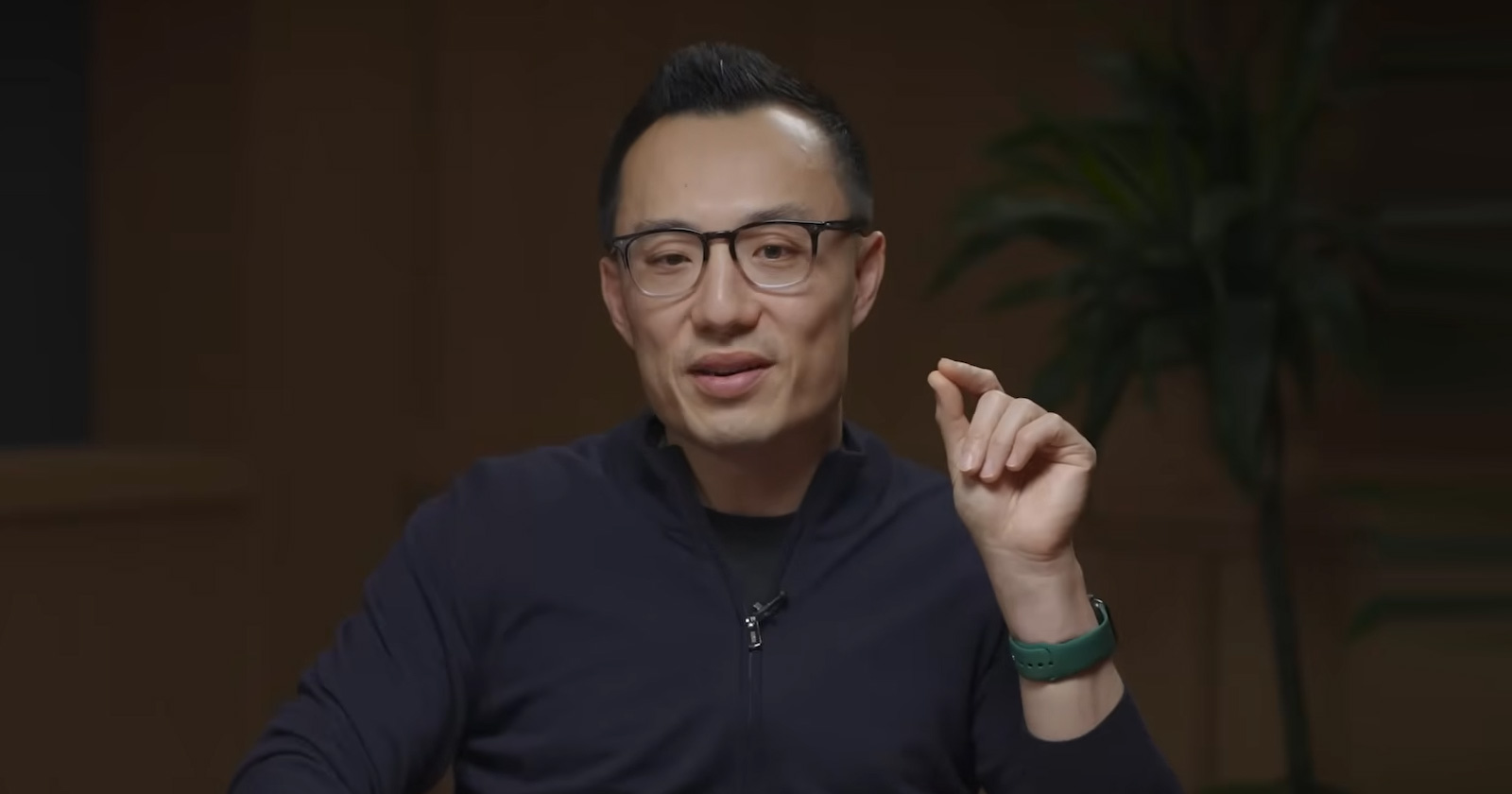
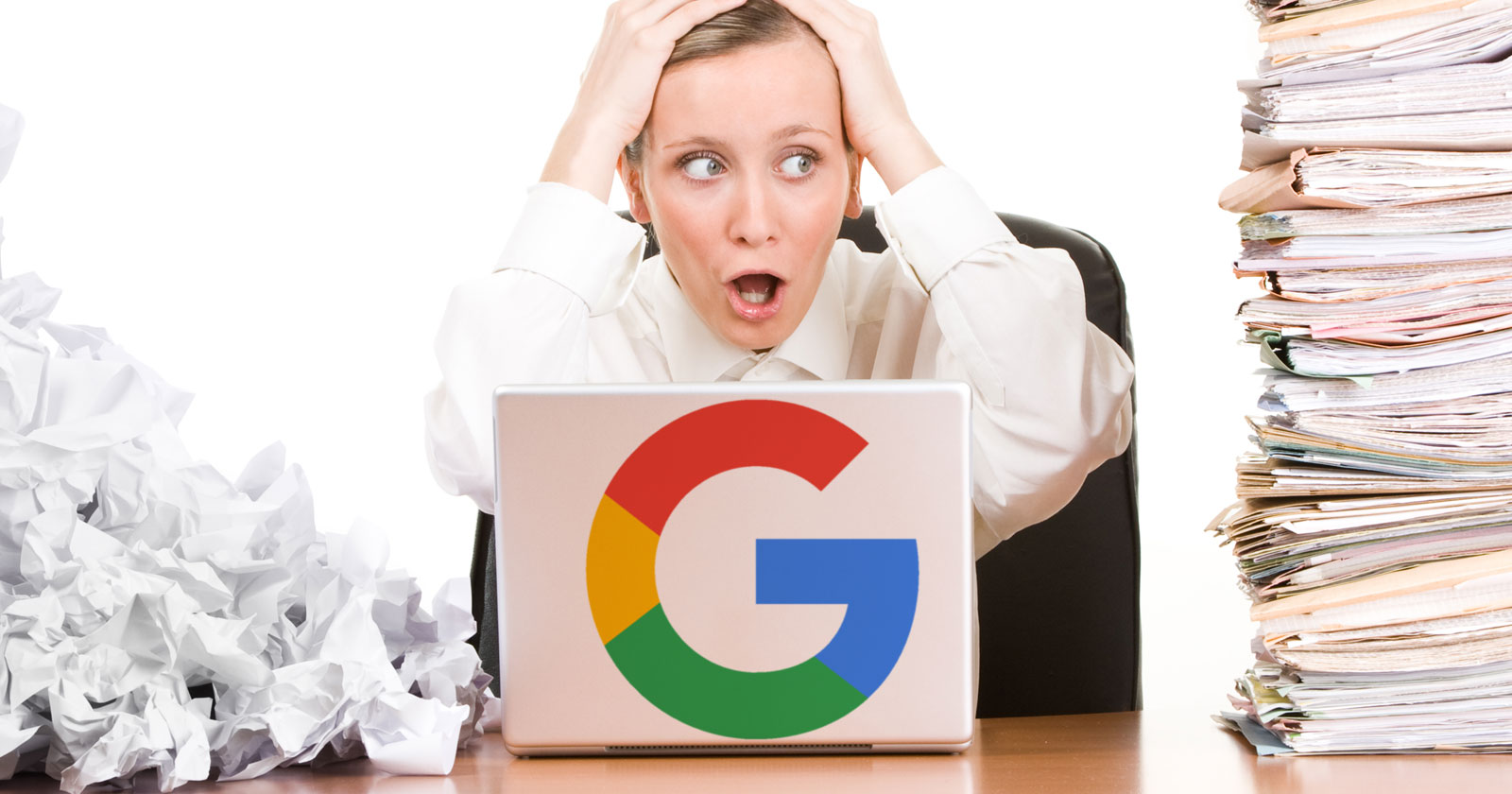
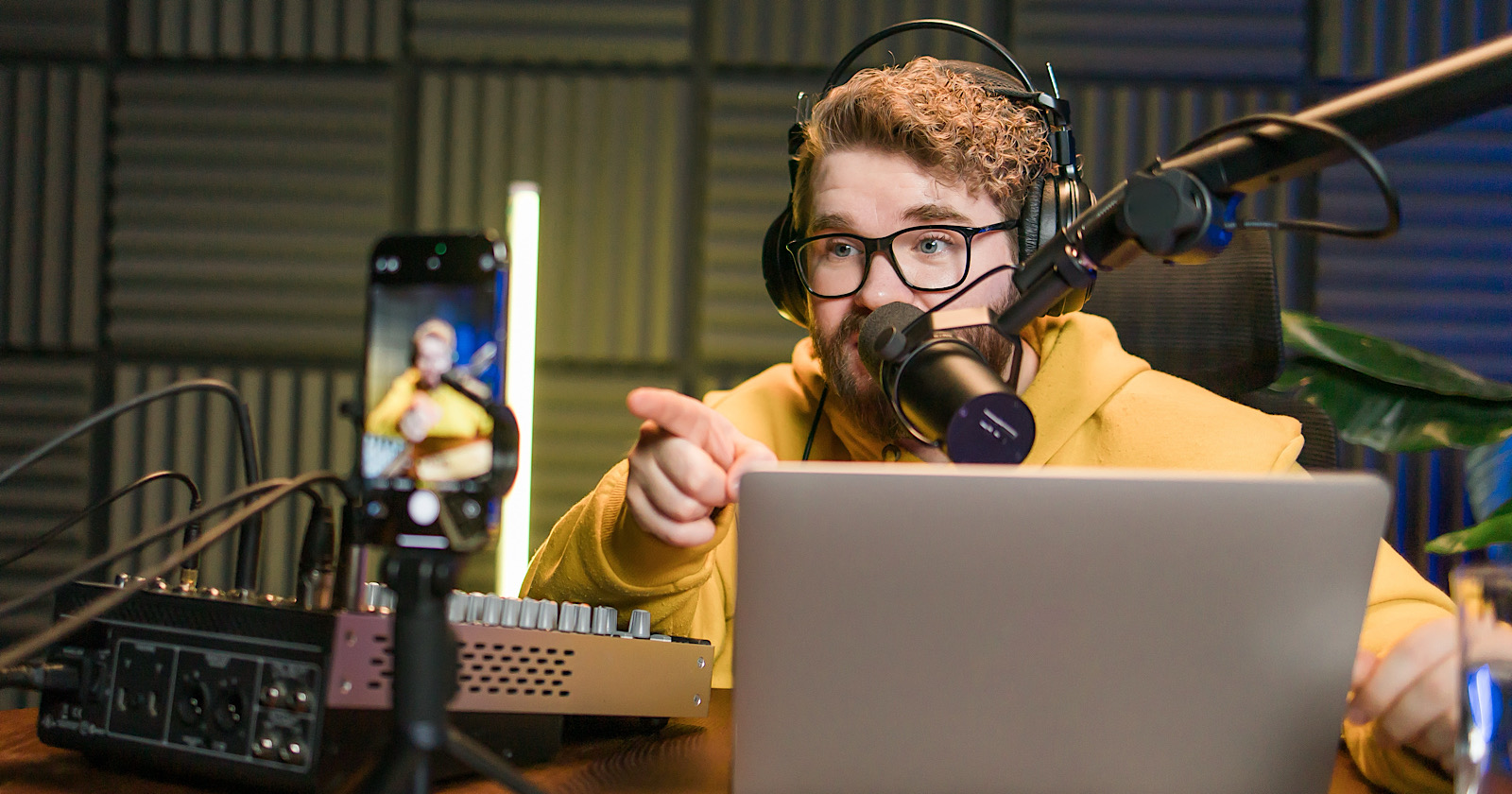





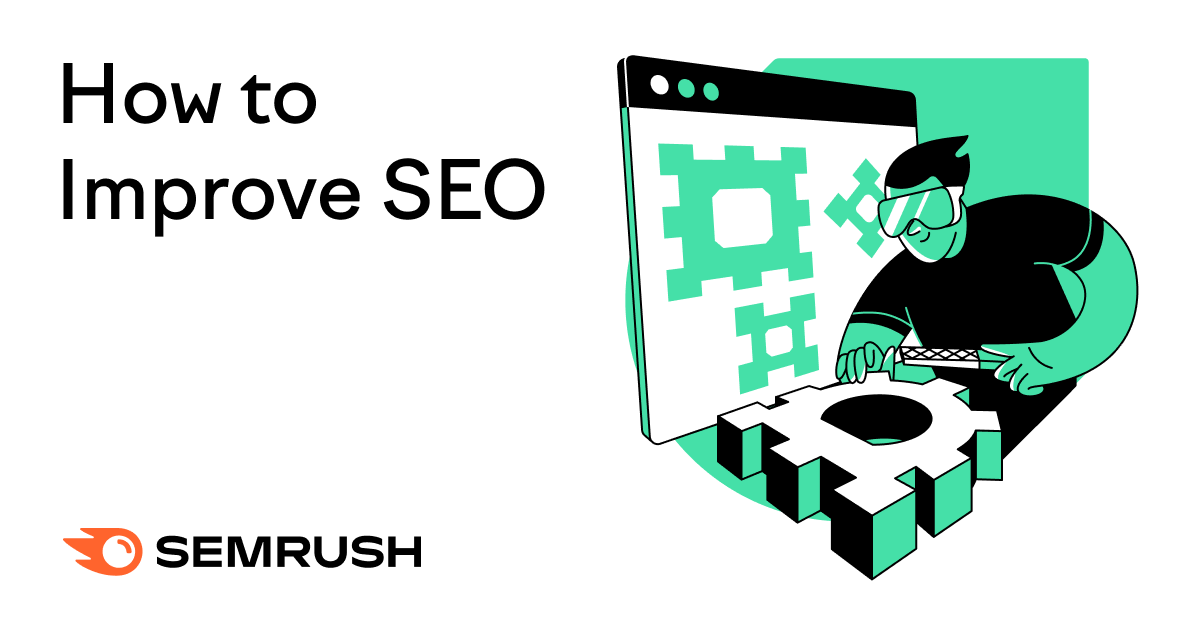

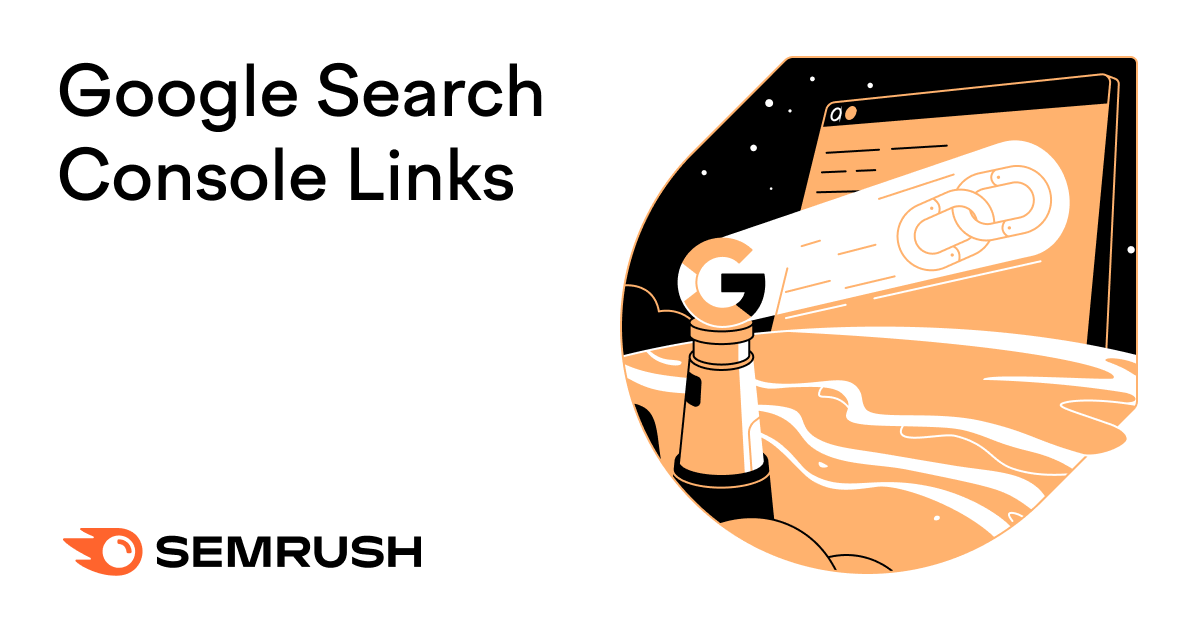

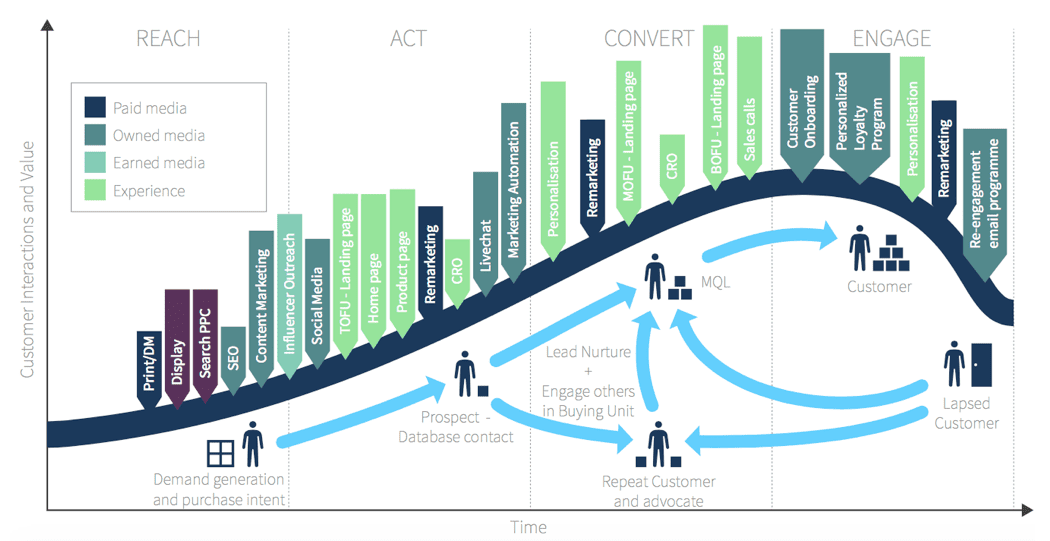
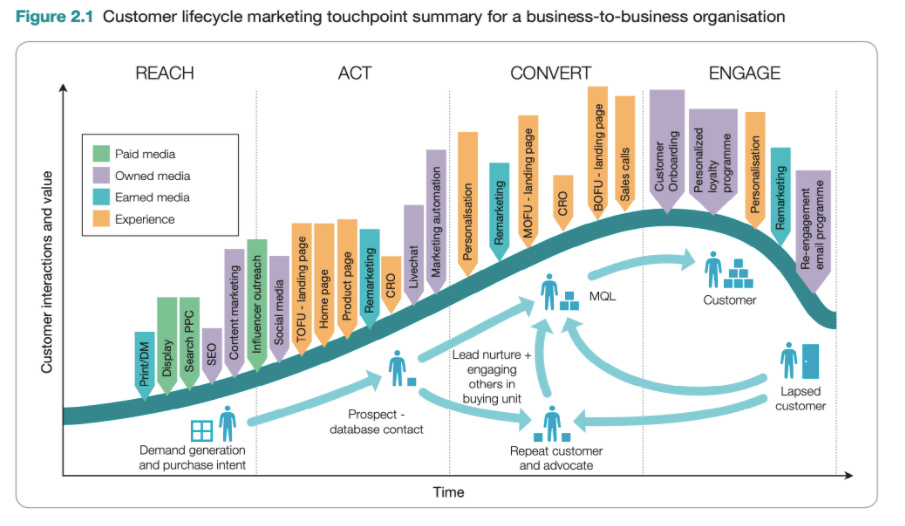
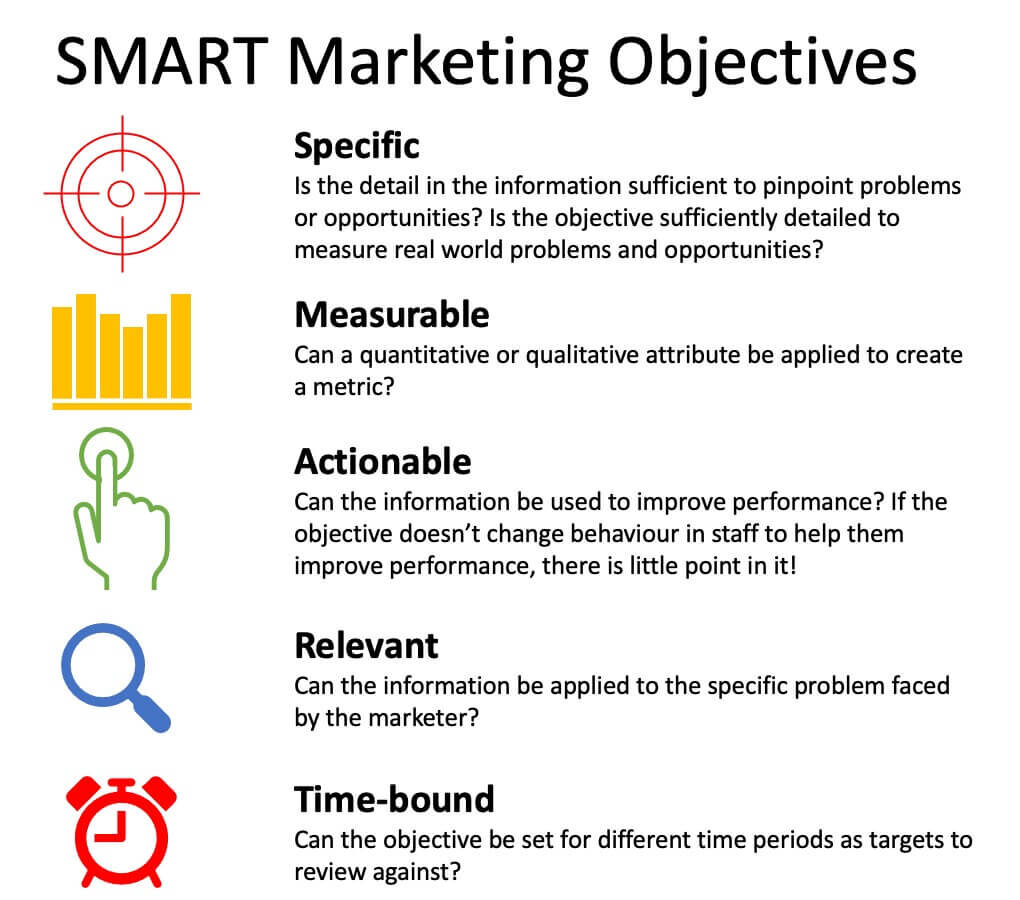









![How Marketers Are Using AI for Writing [Survey]](https://www.growandconvert.com/wp-content/uploads/2025/03/ai-for-writing-1024x682.jpg)




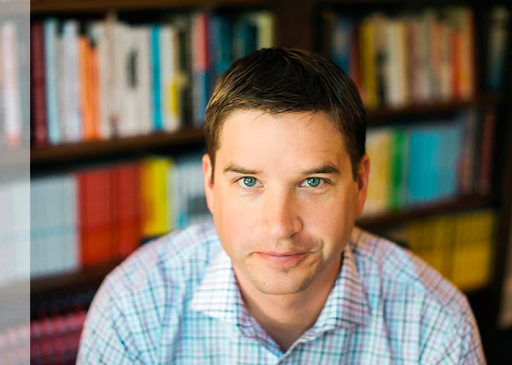
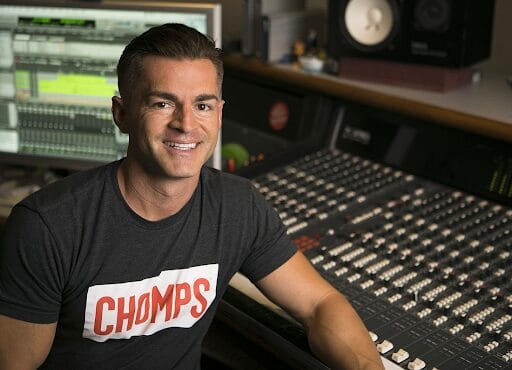


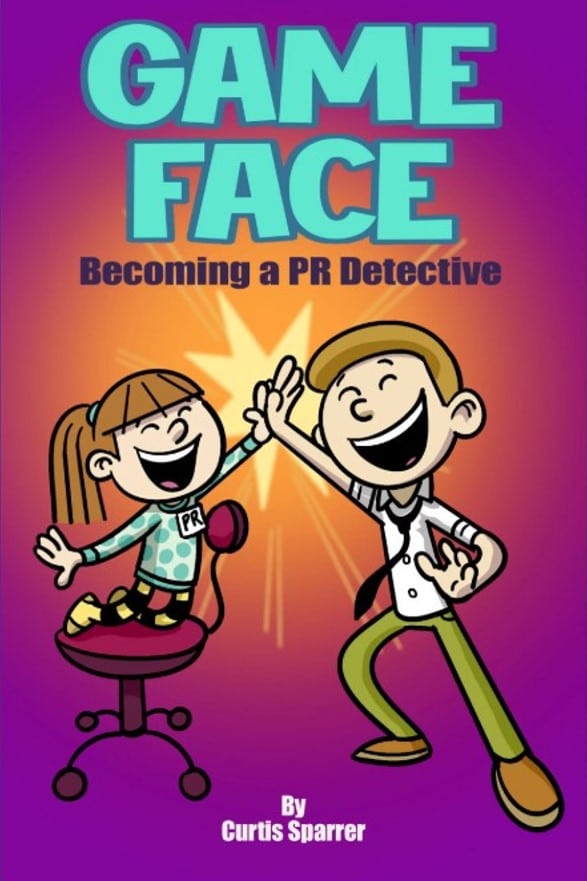





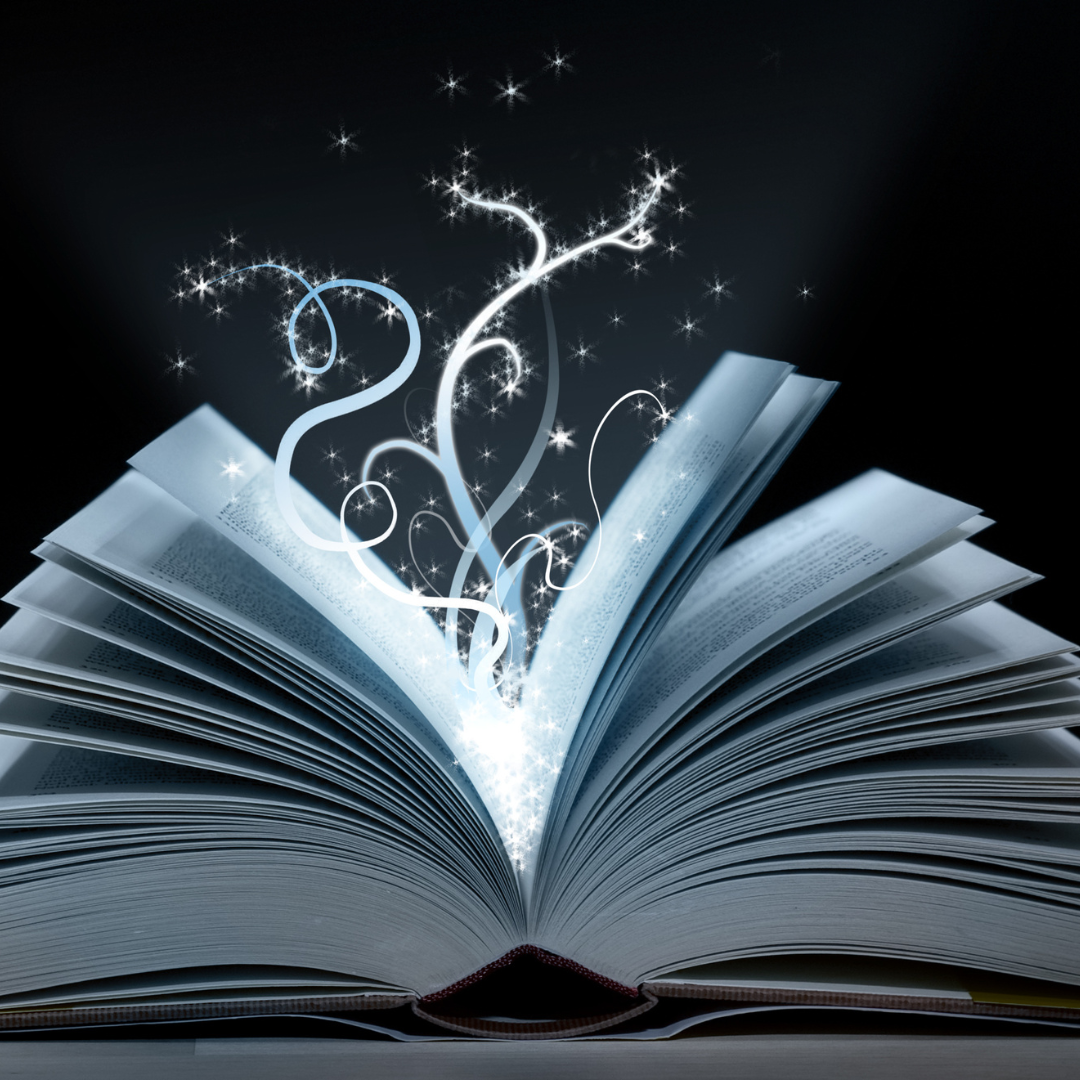


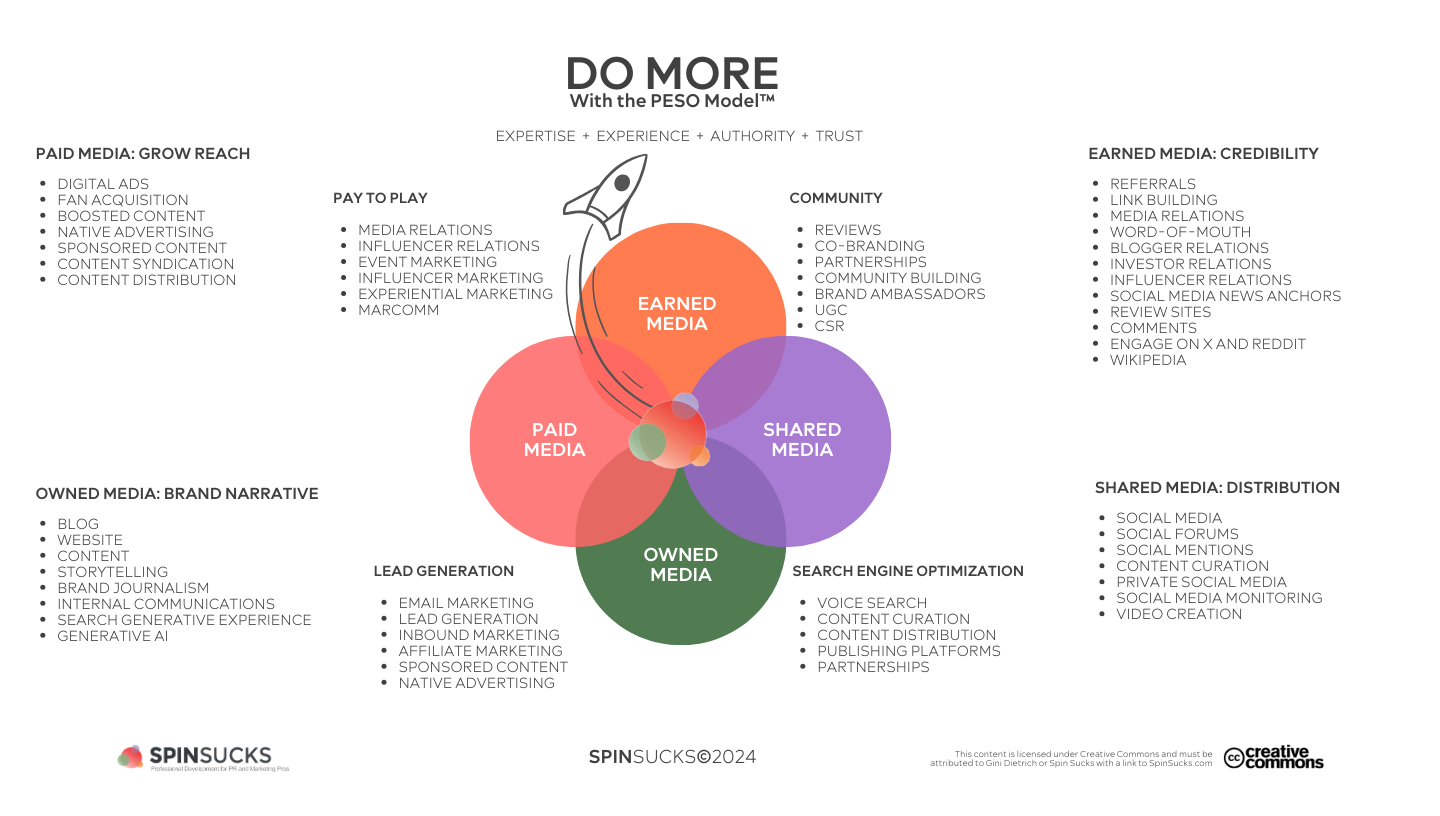













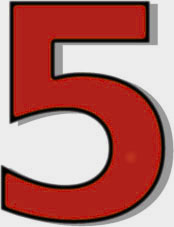

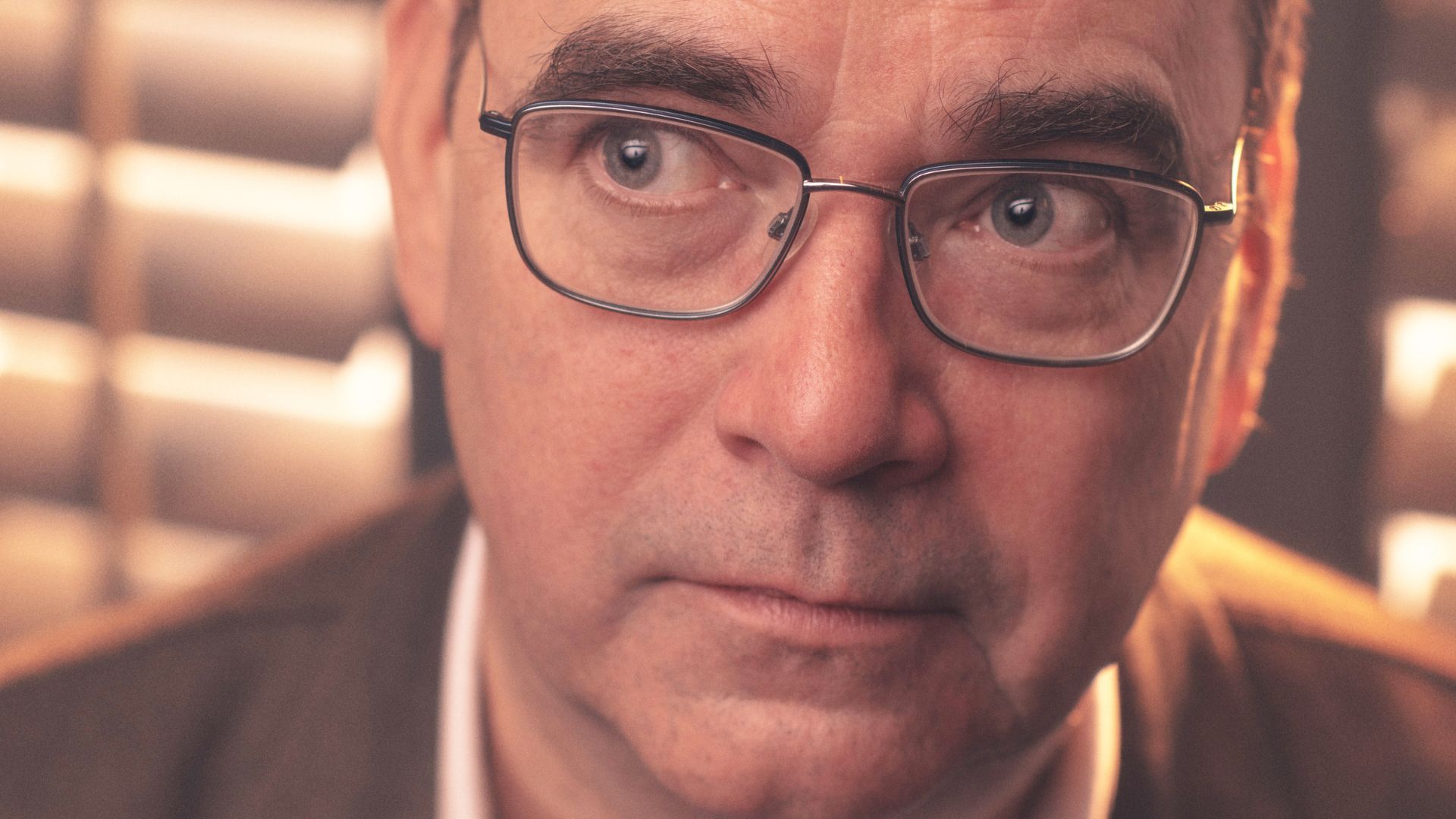


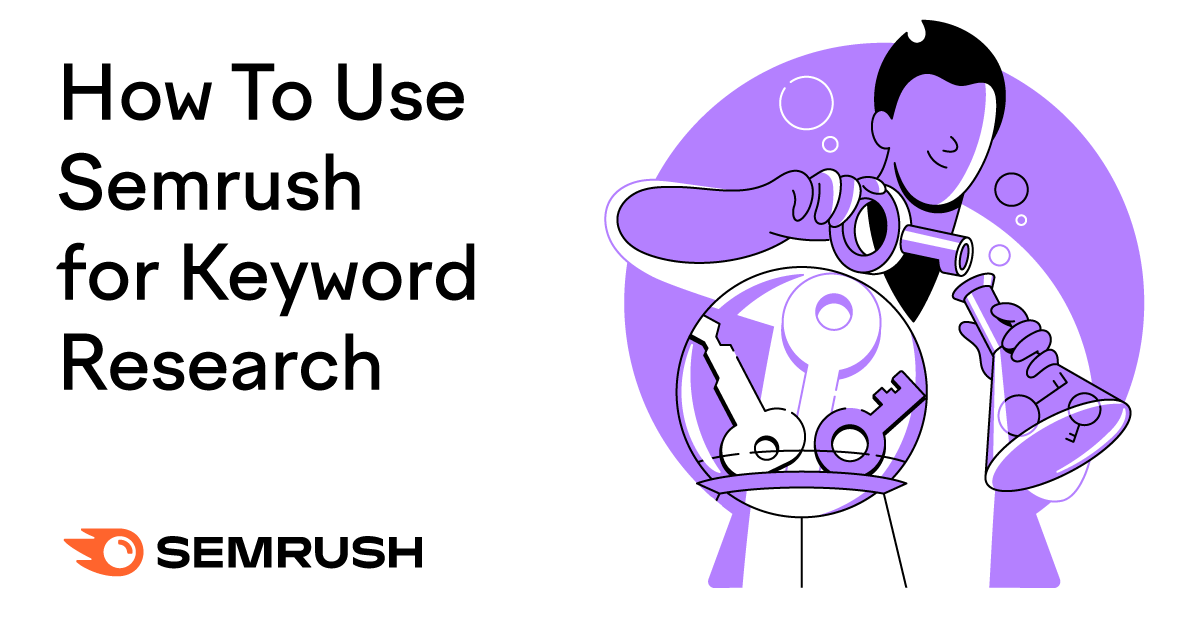

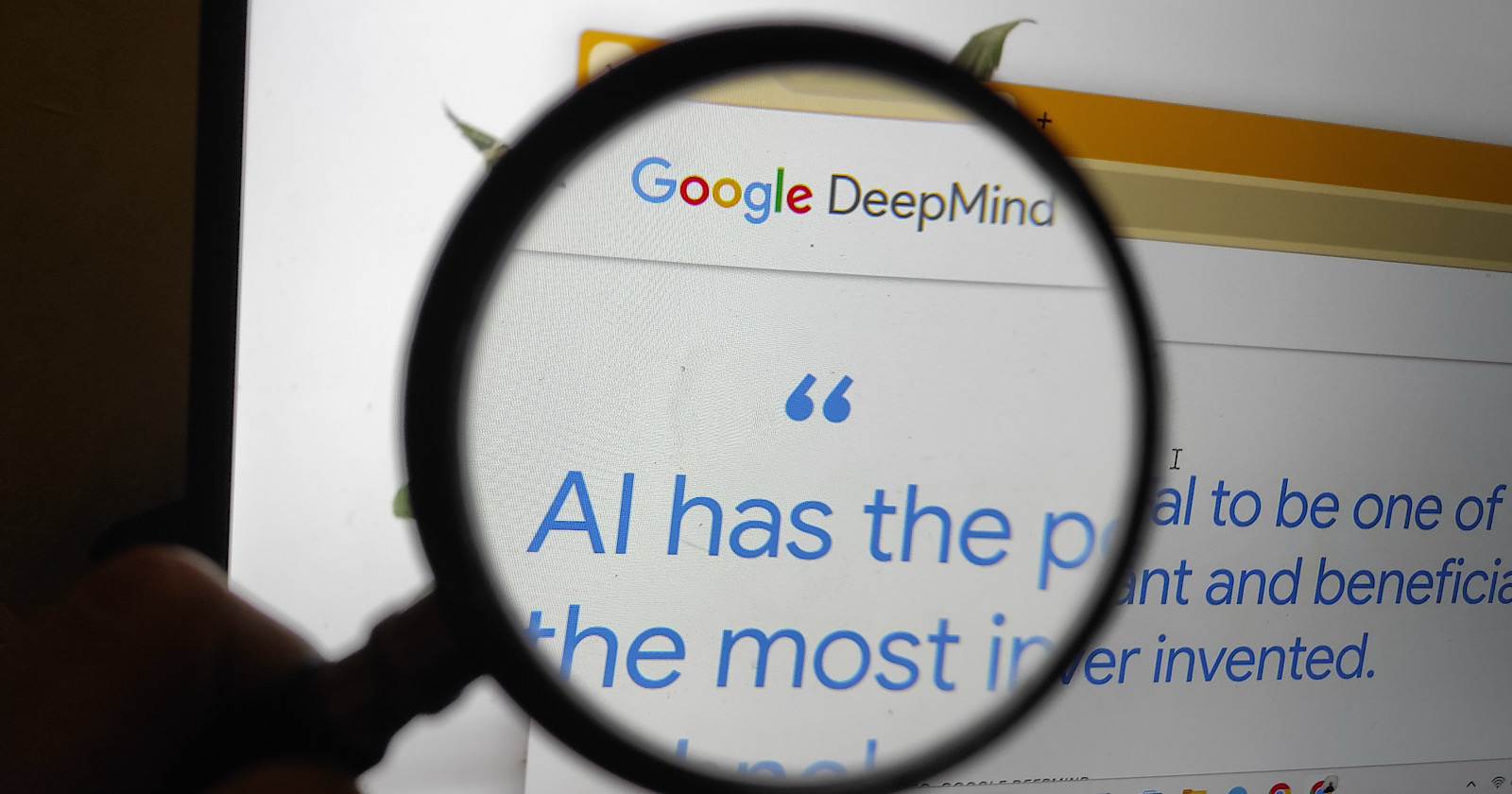







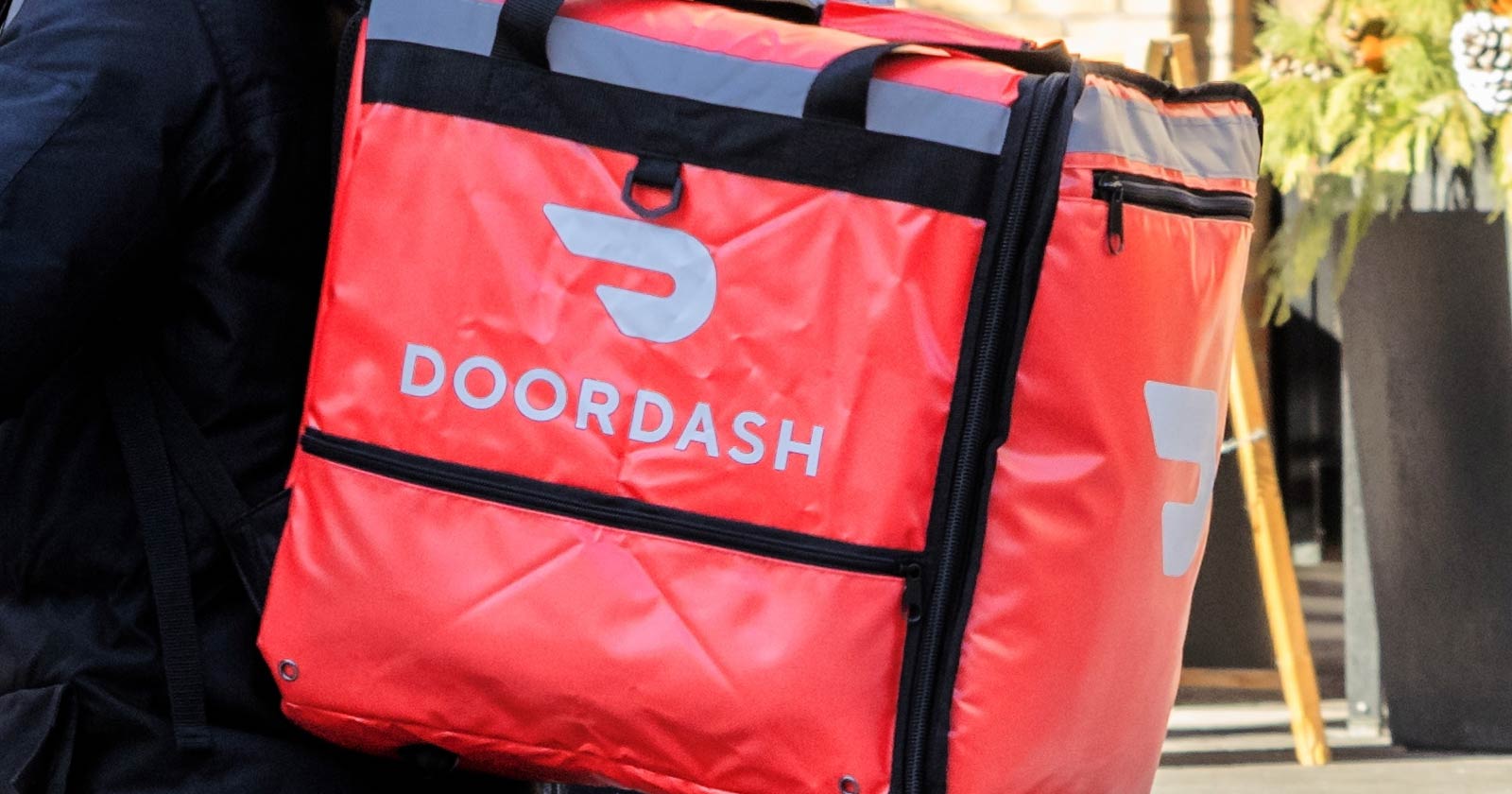



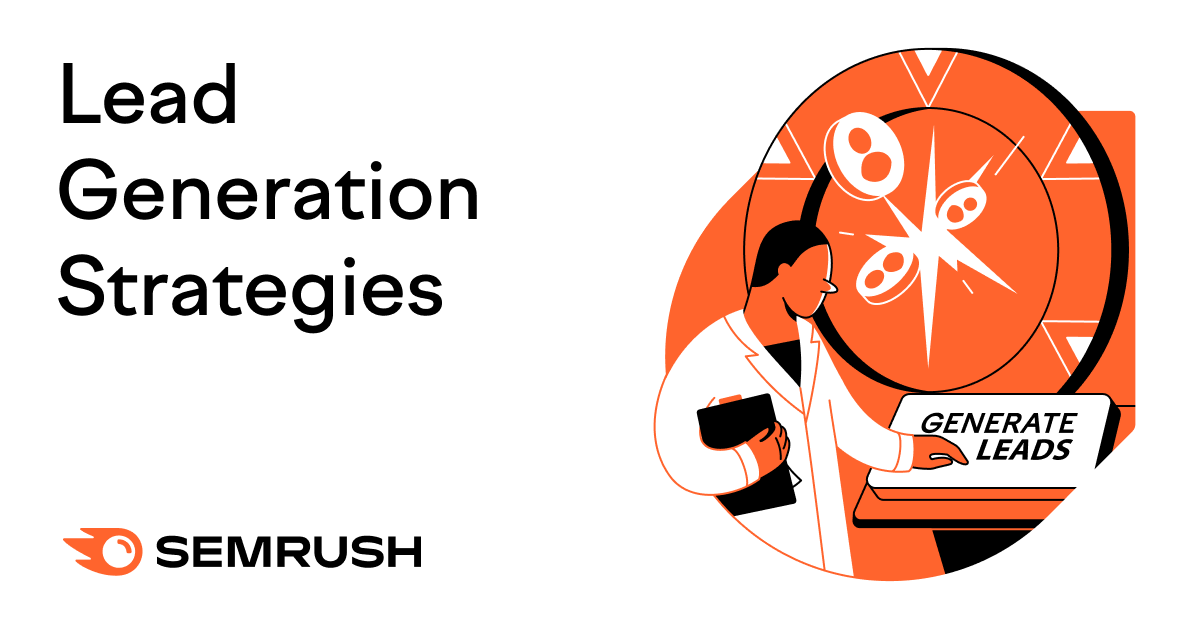
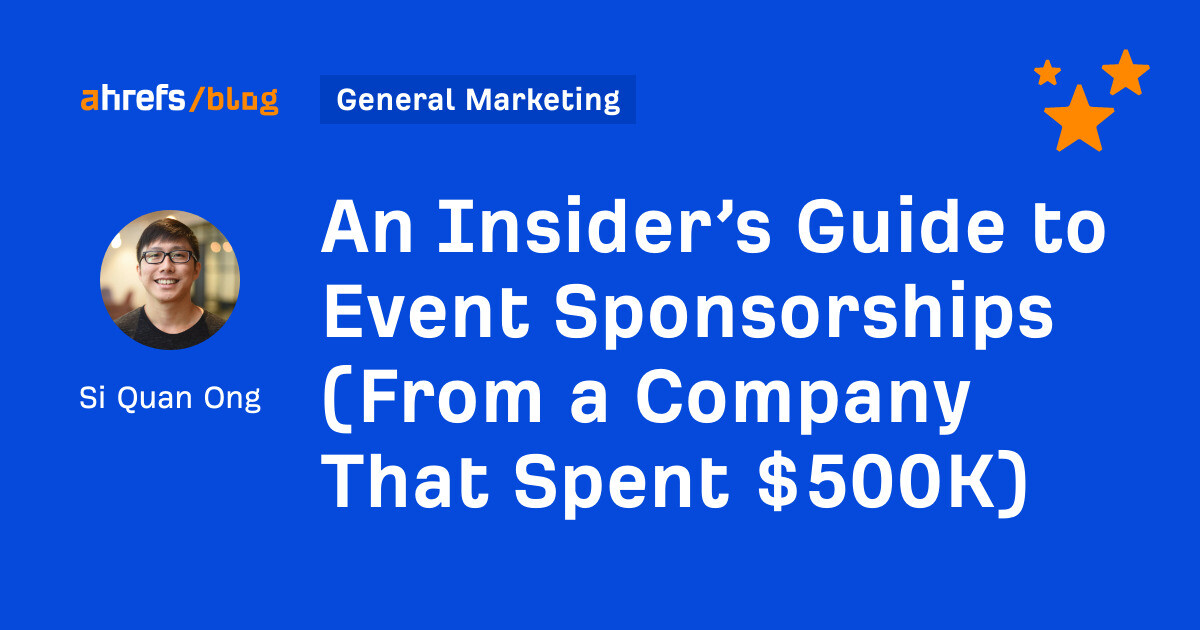

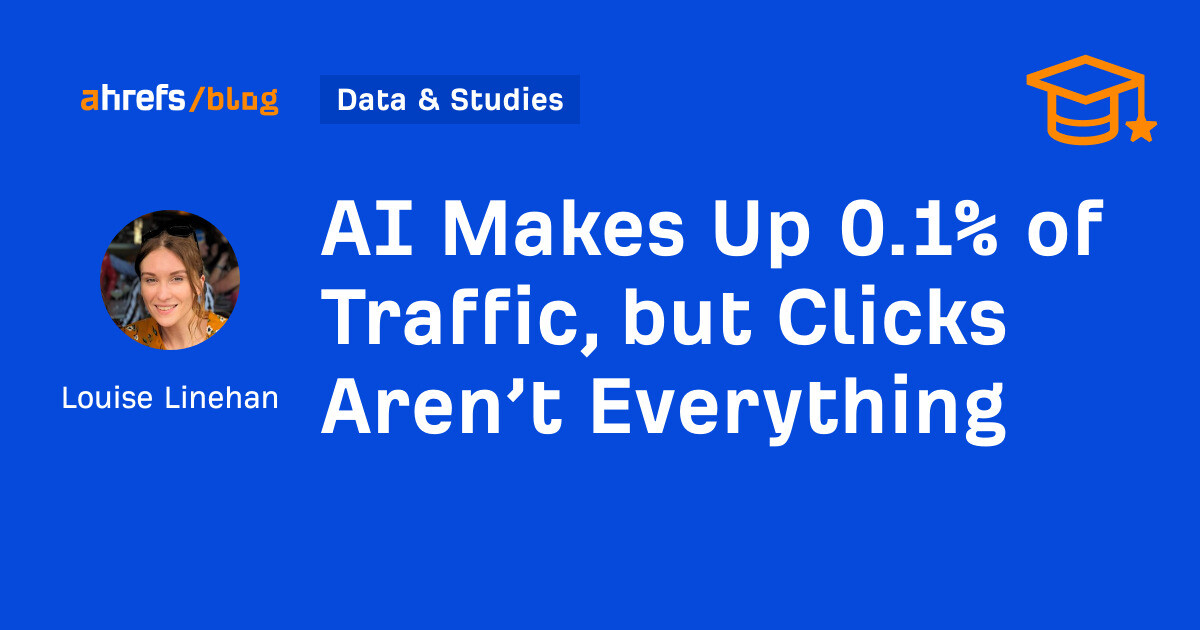
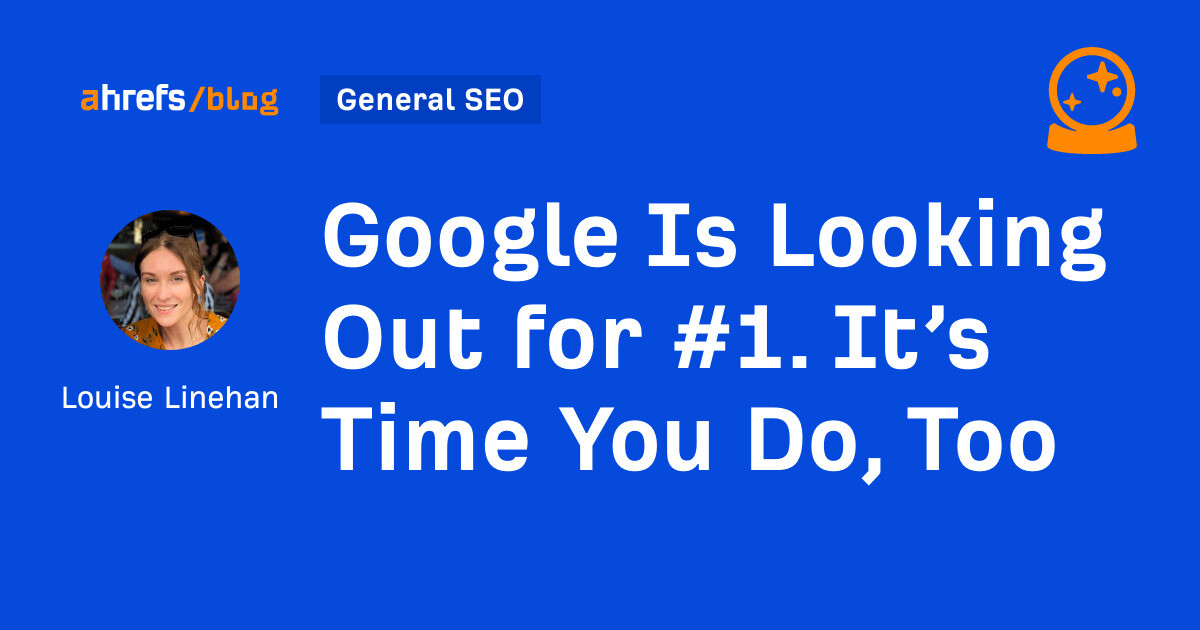
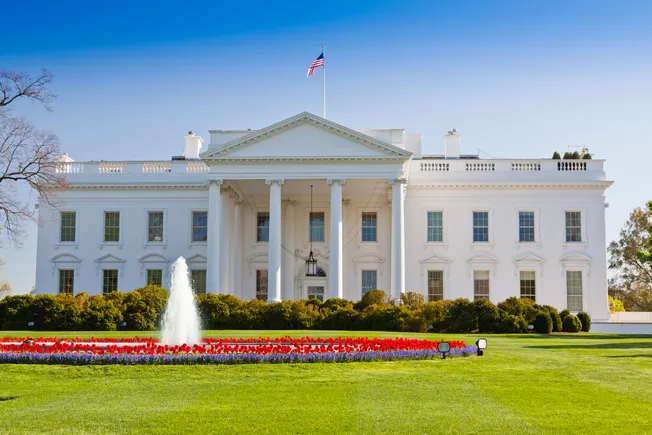
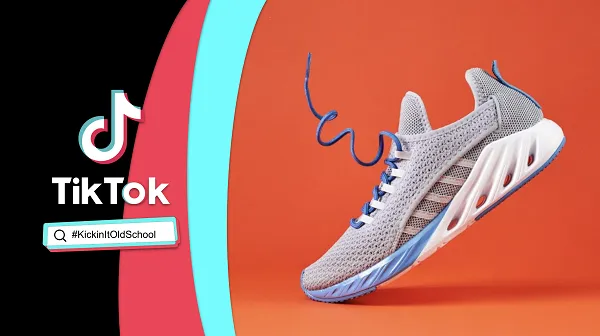


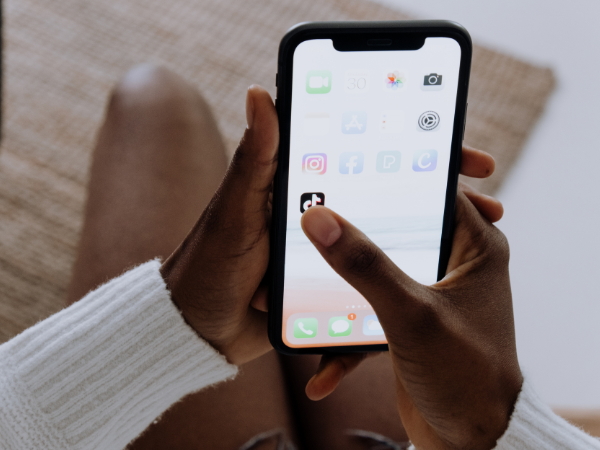

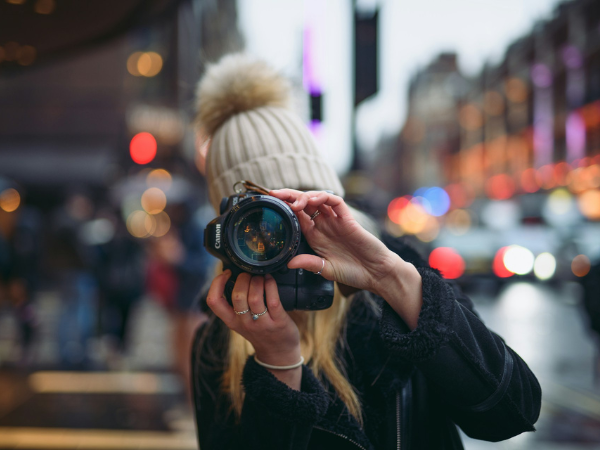








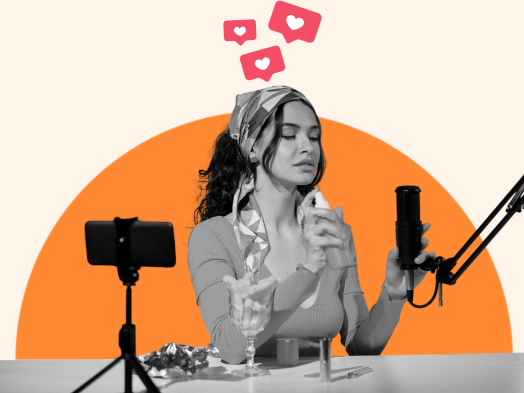








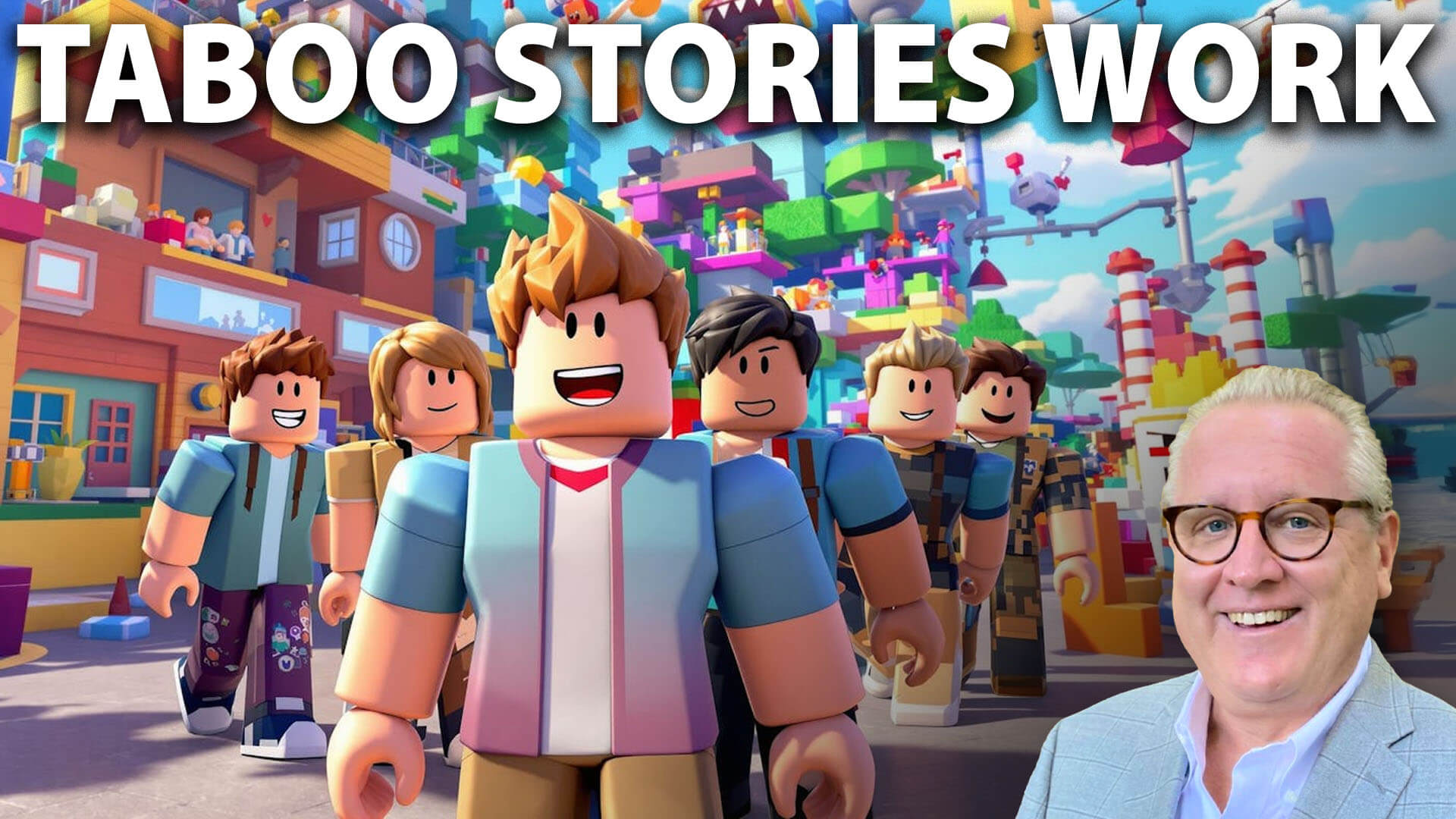

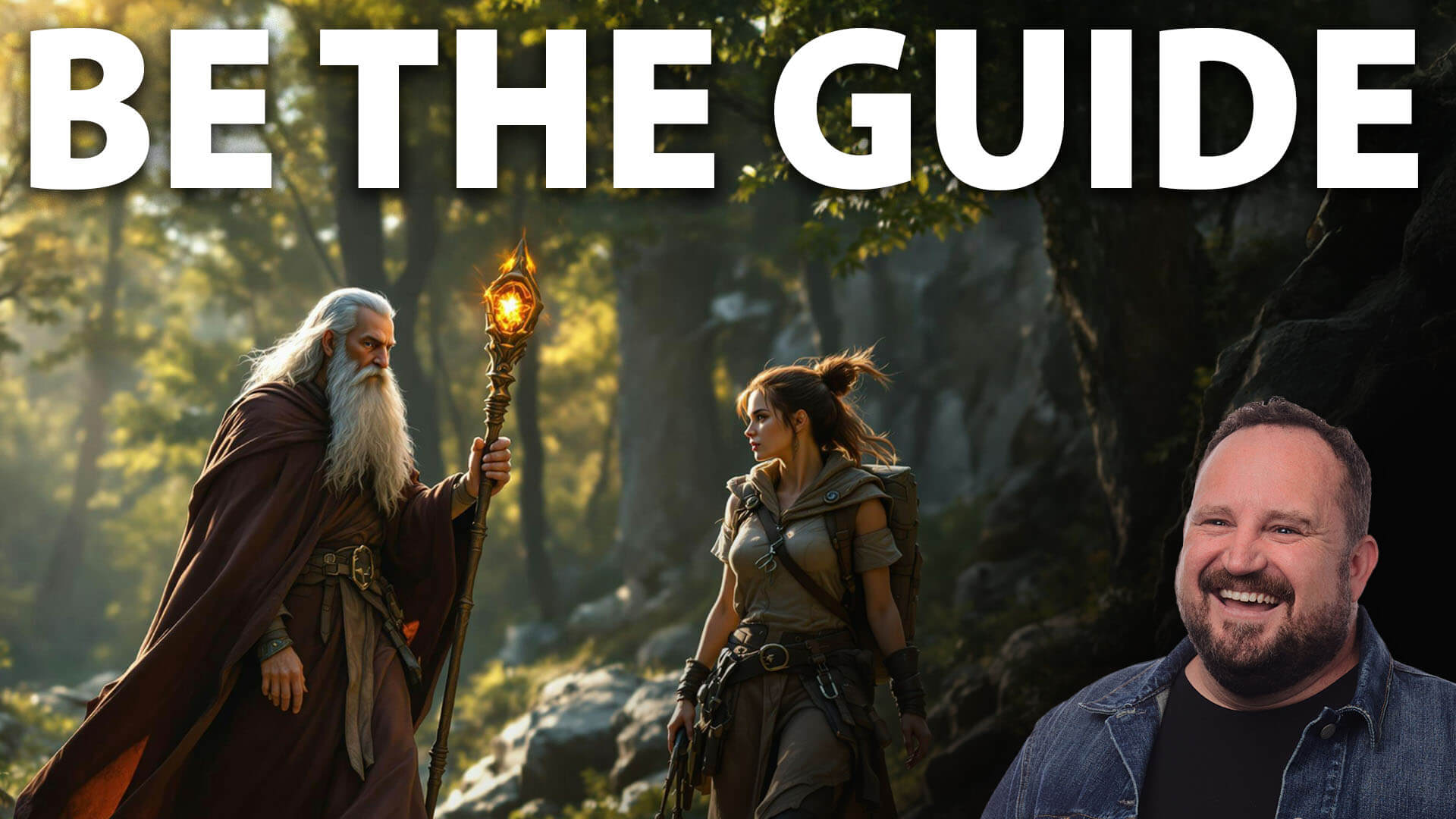




![Meta Outlines Open Source Contributions in 2024 [Infographic]](https://imgproxy.divecdn.com/YOYEhTrhLX1rsEjXqZJNhFf8sC0vMoNHeK_qbzpVVKY/g:ce/rs:fit:770:435/Z3M6Ly9kaXZlc2l0ZS1zdG9yYWdlL2RpdmVpbWFnZS9tZXRhX29wZW5fc291cmNlX2luZm8yLnBuZw==.webp)


